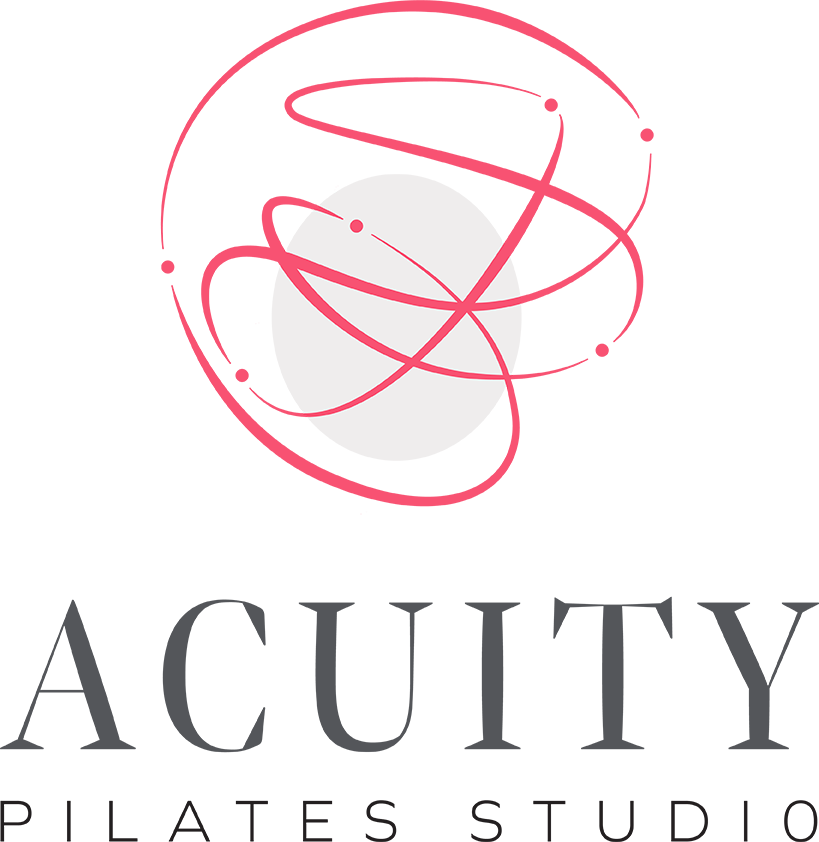Setting your foundation.
New year, new resolution?
If you're new to exercise or have never tried Pilates before, don't worry – it's never too late to start. Pilates is a low-impact, full-body workout that can help to improve flexibility, strength, and balance. It's a great way to get your body moving and to create a strong foundation for other types of exercise.
Before we dive into the exercises, let's talk about a few things to keep in mind as you start your Pilates journey:
Listen to your body. Pilates is a form of exercise that should be done mindfully and with proper form. If something doesn't feel right or causes pain, stop immediately and your Pilates instructor for guidance.
Don't expect to be perfect right away. Pilates is a practice, and it takes time to develop strength and control. Be patient with yourself. Remember: progress takes time!
Let’s set your foundation:
First, let's talk about breathing. In Pilates, we focus on breathing deeply into our diaphragms. This type of breathing helps us to engage our core muscles and get the most out of our movements. To practice this type of breathing lie down with your back and shoulders relaxed. Place one hand on your chest and the other on your belly. As you inhale, focus on expanding your belly and allowing your diaphragm to descend. As you exhale, focus on relaxing your belly and allowing your diaphragm to rise.
This type of breathing may feel a little strange at first, but with practice, it will become second nature.
Next, let's talk about finding a neutral spine. This is the natural alignment of your spine when you're standing or sitting with good posture. To find a neutral spine, sit or stand with your feet hip-width apart and your shoulders relaxed. Imagine a string running through the top of your head and pulling you up towards the ceiling, lifting your chest and allowing you to grow taller.
This is neutral spine. It's important to maintain a neutral spine throughout your Pilates practice as it helps to protect your lower back and engage your core muscles.
These are just a couple of things to think about when setting the foundation for your Pilates practice. Remember to take it slow, listen to your body, and don't be afraid to ask for help from your instructor.
And most importantly, have fun and enjoy the journey!
Your Space. Your Community. Your Studio.



